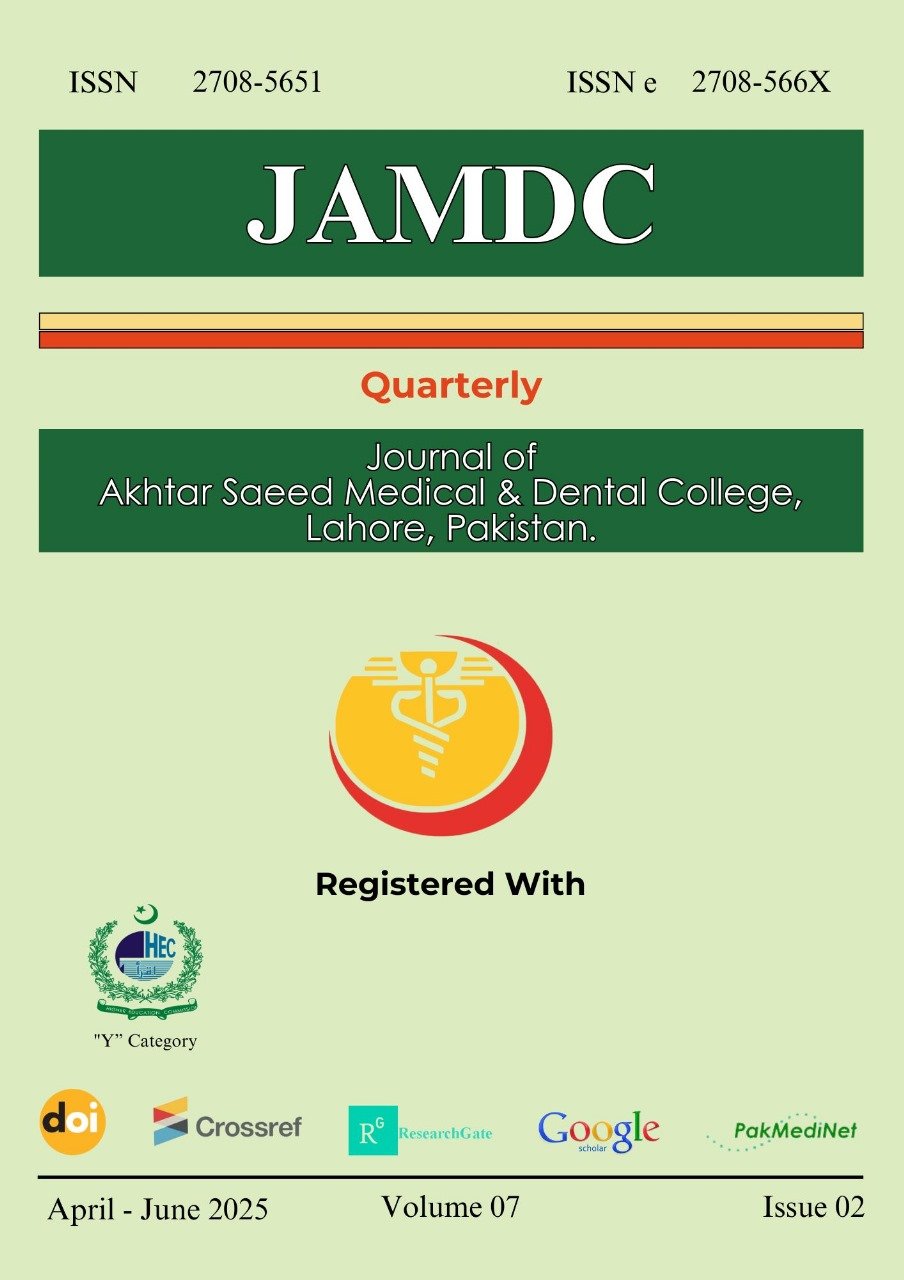PREVALENCE OF SACROILIAC JOINT DYSFUNCTION AMONG IT STUDENTS: A CROSS-SECTIONAL STUDY PREVALENCE OF SACROILIAC JOINT DYSFUNCTION AMONG IT STUDENTS: A CROSS-SECTIONAL STUDY
Main Article Content
Abstract
Background: Sacroiliac joint dysfunction (SIJD) is one of the most frequent causes of musculoskeletal pain that IT students are primarily exposed to due to bounded sitting postures which lead to tension, dysfunction and pain in the sacroiliac joint. The objective of this study is to establish the prevalence of SIJD among the IT students and to analyse its association between gender.
Material and Methods: A cross-sectional survey was conducted among 85 IT students of UET and ILM College who reported falling at least once in the past year or seeking musculoskeletal treatment. NPRS, DSIJQ, FABER, thigh thrust, and distraction tests were utilized in the overall assessment. SPSS 25 was used for performing the statistical analysis.
Results: The overall prevalence of SIJD among IT students was 43.8%; of them 68.2% had positive FABER test, 25.9% thigh thrust test, and 17.6% distraction test. Women were slightly more at risk than men due to conditions such as movement disorders, sitting for long hours, and poor ergonomic. In addition, a strong positive correlation with > 45 working hours/week and SIJ pain and lifting weights made it worse.
Conclusion: The current research revealed that 43.8% of the IT students were found to have SIJD related to the risk factors including improper postures while sitting, sitting for long duration and working for long duration. Other areas that need intervention for the prevention of the SIJD include ergonomic problems proportion and position problems.

